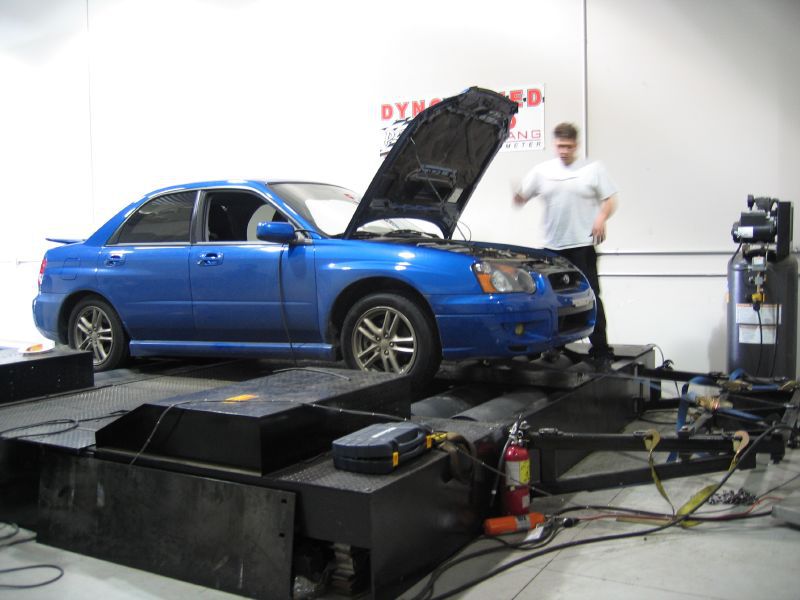New AMSOIL Car Care Products Launch May 28 May 2, 2025 AMSOIL Quick Detailer, AMSOIL Wheel + Tire Cleaner and AMSOIL Tire + Trim Protectant will be available May 28, 2025. The AMSOIL foam cannon, microfiber detailing towel, drying towel and microfiber wash mitt will be rolling out over the next few months. We will […]
You are browsing archives for
Category: Sioux Falls Motor Oil and Lube News
Showcasing information on automotive and powersports lubricants in the Sioux Falls area.
Fighting Engine Temperatures? AMSOIL’s C
AMSOIL Coolant Boost Drops Temperatures 9 to 24 Degrees AMSOIL Dominator® Coolant Boost is designed to reduce corrosion and significantly enhance heat transfer in cooling systems. In a vehicle’s cooling system, the ultimate goal is to quickly and effectively move heat away from engine components, permitting the engine to run at a safe, controlled temperature. An […]
AMSOIL Sale of the Year – Sioux Falls –
AMSOIL AT Cost Week! Save and buy at membership pricing or better! Today the once per year sale started! August 11 through the 14th. Come in and buy at cost. I want to re-do my shelving so I thought this would be the best time to have our yearly sale., It’s also noted on our […]
Top 5 Mods for Your Turbo Subaru
Top 5 Mods for Your Turbo Subaru Austin Torvinen|Jun 11, 2018 8:00 AM So you’re now a part of the worldwide Subaru Community. You wave to other WRX and turbocharged Subaru owners on the road. And you can’t wait to start modifying your car. But where should you start? There’s an endless amount of aftermarket support for […]


